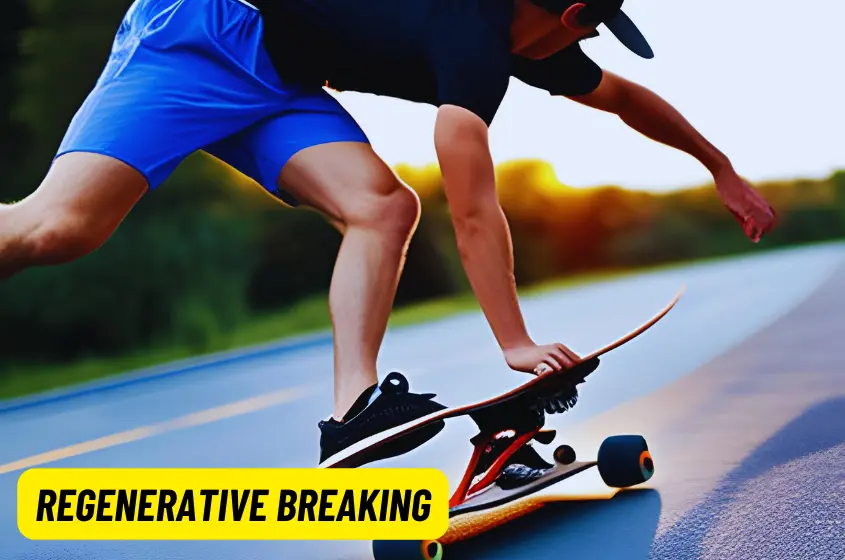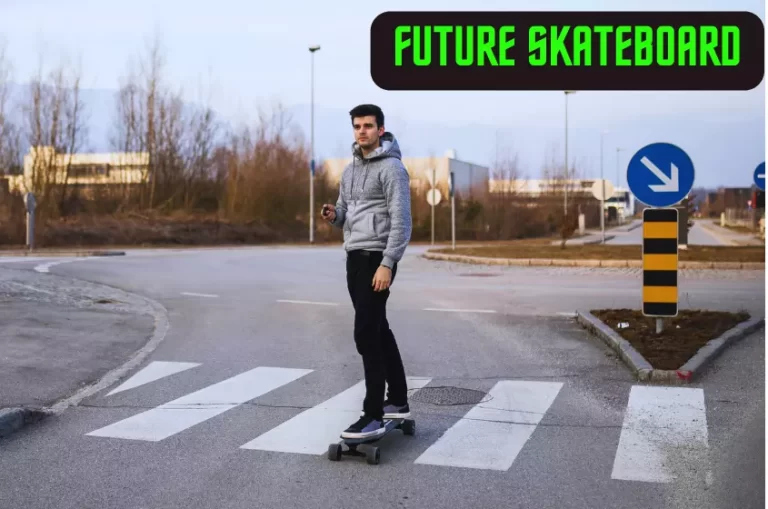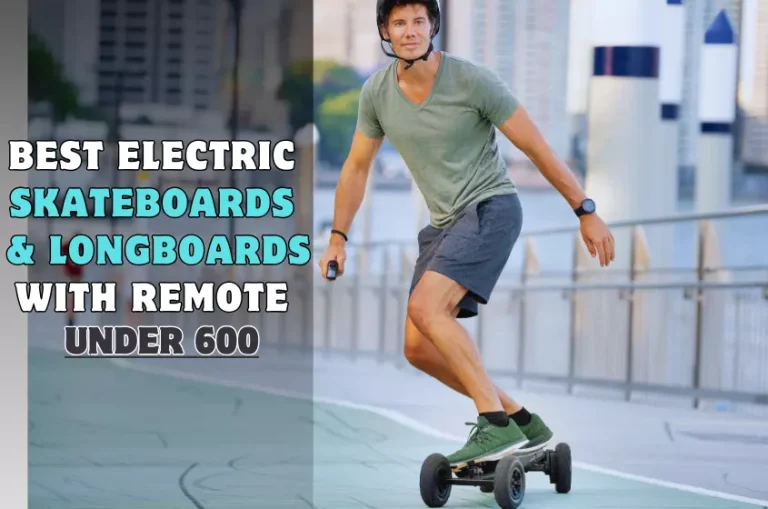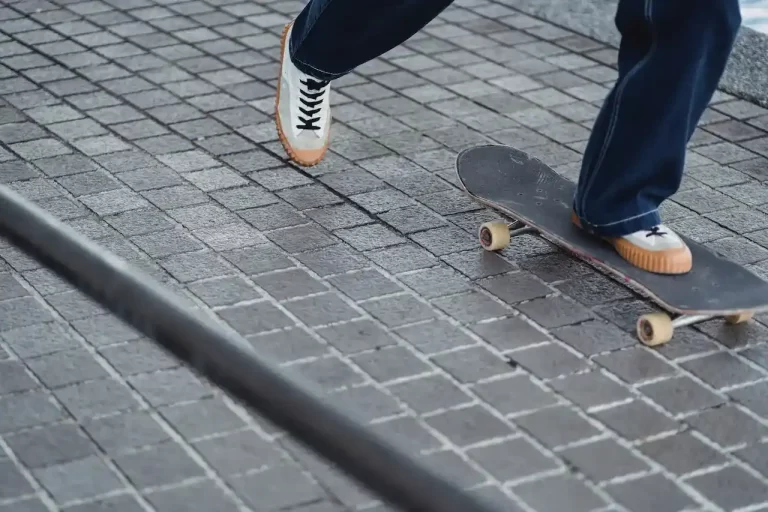Energy Regeneration in Electric Skateboards: Pushing the Limits
Energy Regeneration in Electric Skateboards Pushing the Limits. Ever wonder how electric skateboards can go so far on a single charge? The secret is in energy regeneration. When you coast or brake your board isn’t just slowing down and wasting that kinetic energy it’s harnessing it. Regenerative braking converts the energy from your movement back into battery power extending your range and runtime. The latest boards are pushing the limits of regen technology squeezing every last drop of juice out of your riding to keep you rolling for miles and miles.

We’ll explore how regenerative braking works the different types used in boards today and how it’s allowing riders to go farther than ever before on electricity alone. The future of boarding is bright and it’s powered by the energy you put in. So get out and ride and know that every push and coast is paying you back in longer adventures.
Key takeaways:
Regenerative Braking: How It Works to Recapture Energy
Regenerative braking allows your electric skateboard to capture energy that would otherwise be lost as heat during braking. It works by using the motor as a generator to slow the wheels.
When you brake the motor starts spinning in reverse which generates electricity that gets stored in the battery. This extends your range since the energy isn’t wasted. Most boards let you adjust the strength of the regenerative braking to your liking. Stronger regeneration means more energy is recaptured but it can feel abrupt. Weaker regeneration feels more natural but captures less energy.
How Much Extra Range Can You Get?
The amount of extra range depends on several factors:
- The strength of the regenerative braking: Stronger regeneration means more energy recaptured.
- How often and hard you brake: Frequent or sudden braking allows more energy to be regenerated.
- Your speed: Braking at higher speeds generates more energy since the motor has more momentum to harness.
- Battery capacity: Larger batteries can store more of the regenerated energy.
With maximum regeneration effective braking and a large battery, some riders report increasing their range by up to 30%. While that may be an extreme case most riders can expect at least a 10-20% improvement which can really make a difference. The more you practice regenerative braking the more efficient you’ll get at maximizing your range.
So take advantage of this eco-friendly feature and get the absolute most out of your electric skateboard’s battery. The planet will thank you and you’ll be able to ride longer – a win-win!
Optimizing Motor and Battery Design for Maximum Regeneration
If you want to maximize energy regeneration in your electric skateboard it all comes down to optimizing your motor and battery design.
The motor is key. Choose a motor specifically designed for regenerative braking that can handle the power needs for both propelling the board and generating energy. Brushless motors tend to work best since they’re more efficient. Look for a higher voltage rating like 63V or more, which allows for faster energy recovery.
For the battery lithium ion is the way to go. Compared to lead-acid li-ion batteries can charge faster and hold more energy for their size and weight. Aim for a higher amp hour (Ah) rating, like 10Ah or more so it can store the extra energy from regeneration. Consider a smart BMS or battery management system to monitor energy levels and maximize efficiency.
Settings and Components
Don’t forget to enable regeneration mode on your electric skateboard remote or hand controller. This allows energy to flow back to the battery when braking. You’ll also want quality regenerative braking components like an electronic speed controller that can handle high power and a special regenerative brake resistor to help dissipate heat.
With the right setup, you’ll be maximizing energy regeneration and pushing your electric skateboard to new limits. Coast farther ride faster and brake harder – all while reducing your environmental impact. Now that’s a win-win!
How do you activate regenerative braking?
The Future of Energy Regeneration Technology in E-Skateboards
The future of energy regeneration technology in electric skateboards looks very promising. As battery and motor technology continues to improve e-skateboards will become more efficient powerful and affordable.
More Efficient Motors and Batteries
Motors and batteries are getting better smaller and more affordable each year. Brushless hub motors and lithium-ion batteries have significantly improved performance and range in e-skateboards. Future improvements in motor battery and charging technology will make e-skateboards lighter faster and able to go farther on a single charge. Some companies are even experimenting with alternative power sources like hydrogen fuel cells.
Regenerative Braking
Regenerative braking technology converts the kinetic energy from braking or coasting into electricity to recharge the battery. As this technology improves e-skateboards will be able to capture and reuse more of this energy increasing their range. Future e-skateboards may even be able to fully recharge their batteries through regeneration alone during a single ride.
Smart Components
“Smart” components like sensors microprocessors and algorithms are making e-skateboards safer and easier to control. Integrating sensors that detect speed balance braking and terrain can help stabilize the ride and prevent falls. Smart hardware and software will continue to enhance the responsiveness customization and autonomous features of e-skateboards.
The future is bright for electric skateboards. Ongoing technological improvements in motors batteries regenerative braking and smart components will make e-skateboards more powerful efficient customizable and affordable. As costs go down and capabilities go up electric skateboards could become a mainstream mode of transportation in the coming decades. The limits of e-skateboard technology have yet to be reached.
For more information:
- visit our site: Themotostreet
Conclusion
So there you have it an inside look at how energy regeneration works in electric skateboards and how companies are innovating to maximize your range. The next time you hit a hill on your board you’ll have a whole new appreciation for the technology working behind the scenes to keep you riding. While range is still a limitation advancements in energy regeneration and battery technology are opening up a world of possibility. Who knows maybe one day your electric skateboard will get you all the way across town and back without needing a charge. The future is bright so get out there and enjoy the ride.






